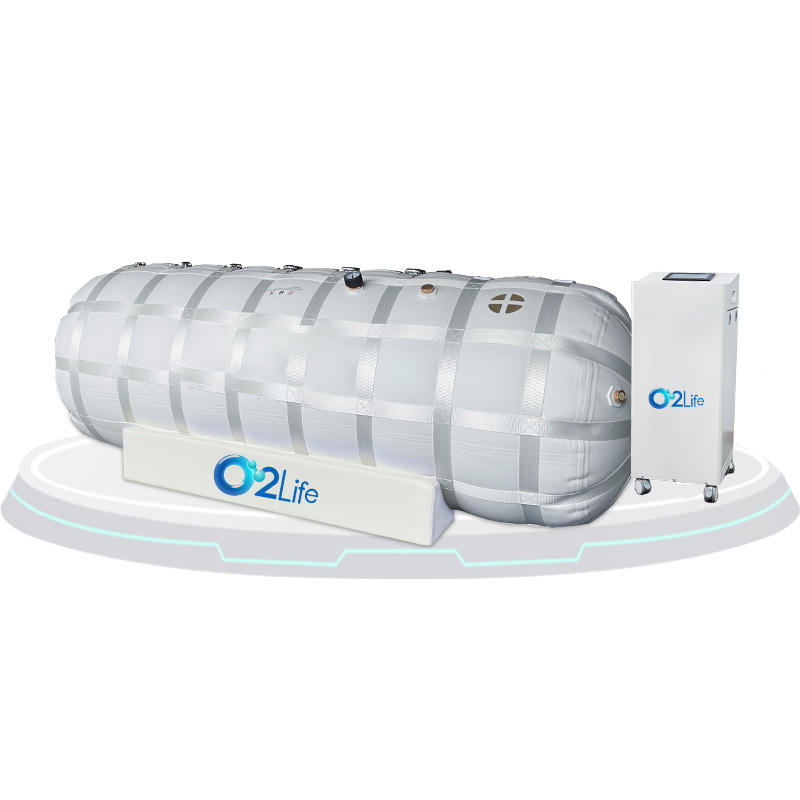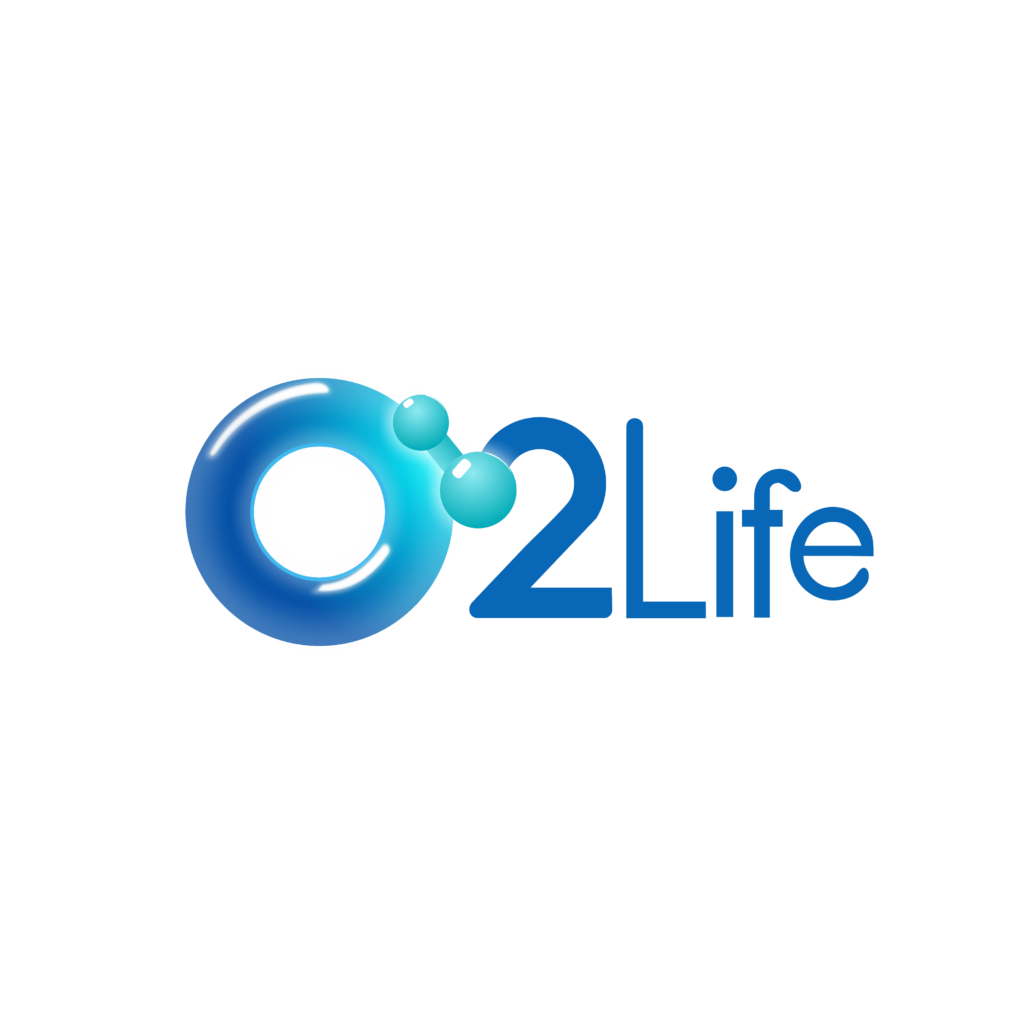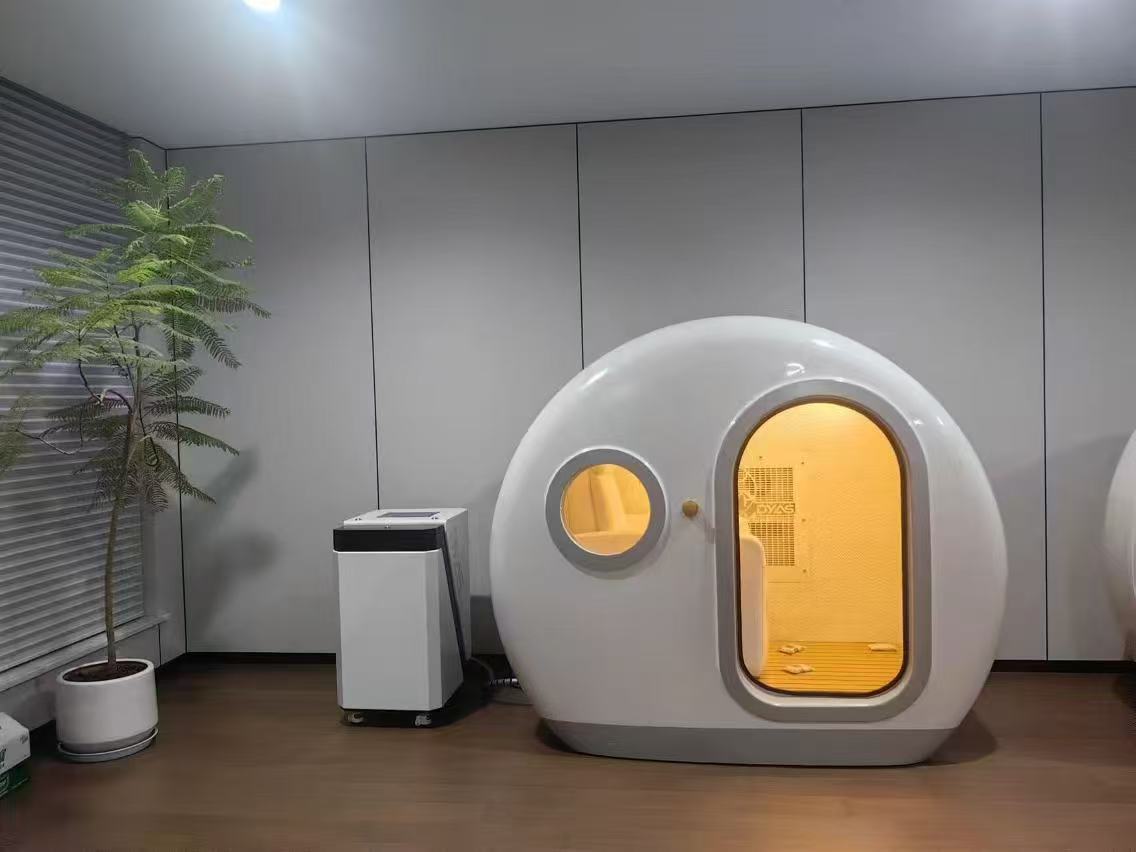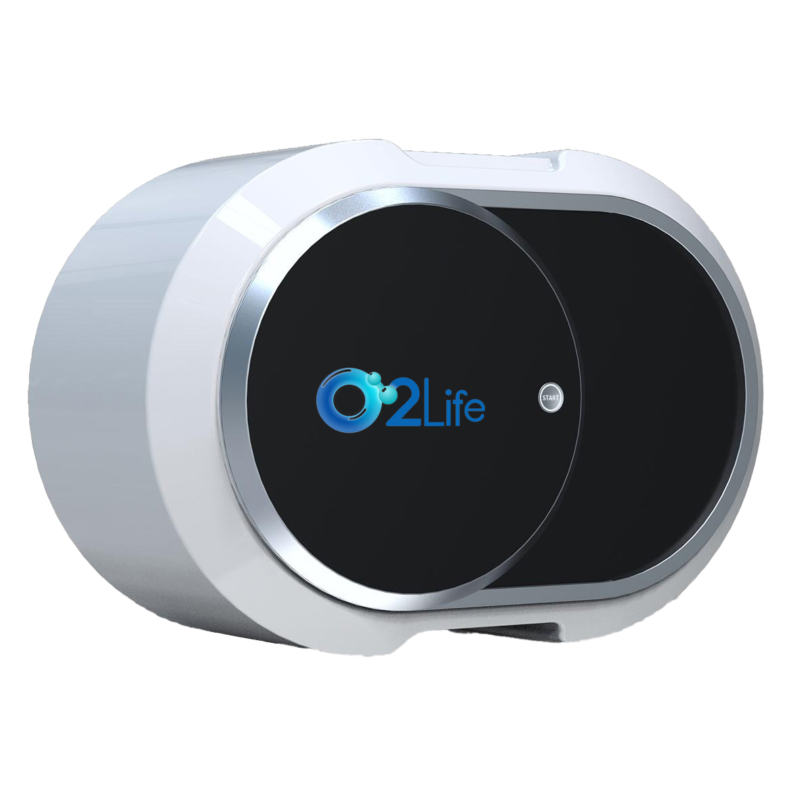Does oxygen therapy have a therapeutic effect on depression?
1.Shocking data: the global crisis of depression
According to statistics from the World Health Organization, more than 350 million people worldwide suffer from depression, while the effectiveness of traditional drug treatment is only 50%-70%, and about 30% of patients are resistant to drugs. What is more worrying is that even if the drugs are effective, side effects (such as drowsiness, weight gain, and emotional numbness) make many people give up treatment halfway. Against this background, hyperbaric oxygen therapy, as an emerging non-drug therapy, is attracting widespread attention in the medical community.
2.Scientific revelation: How does oxygen therapy “restart” brain function?
The pathological mechanism of depression is closely related to hypoxia of brain cells. Long-term stress, inflammation or brain damage can lead to reduced blood flow to the brain, impaired function of neurons due to hypoxia, and then cause imbalance of neurotransmitters such as serotonin and dopamine.
Hyperbaric oxygen therapy (HBOT) allows patients to inhale pure oxygen at 1.5-3 times the atmospheric pressure, raising the blood oxygen concentration to more than 20 times that of conventional oxygen inhalation. High-concentration oxygen can penetrate hypoxic tissues, activate mitochondrial energy metabolism, promote the repair of damaged brain cells, and inhibit the release of inflammatory factors, thereby improving depression symptoms from the root.
3.Clinical verification: a truly effective antidepressant program
A study in the journal Scientific Reports in 2021 showed that 78% of patients with depression who received hyperbaric oxygen therapy had significant improvement in mood within 4 weeks, and the effect lasted for more than 6 months. Israeli scholars have also found that HBOT can regenerate hippocampal neurons (related to memory and mood regulation), and this breakthrough provides a new direction for the treatment of depression.
Currently, the US FDA has approved hyperbaric oxygen therapy for traumatic brain injury and chronic hypoxic diseases, and its application in the mental field is also accelerating.

Oxygen therapy carrier: a comprehensive analysis of hyperbaric oxygen chambers
1.What is a hyperbaric oxygen chamber?
Hyperbaric oxygen chamber is a medical device that delivers high-concentration oxygen through a pressurized environment. The air pressure in the chamber can be adjusted, and the patient wears a mask or lies still to breathe pure oxygen. Traditional oxygen chambers are mostly used in hospitals, but the emergence of portable oxygen chambers for home use in recent years has made home oxygen therapy possible.
2.Is it safe? Potential risks and responses of hyperbaric oxygen chambers
Under short-term standardized use, hyperbaric oxygen therapy has very low side effects. It may cause ear pressure discomfort (similar to the feeling when flying) or temporary blurred vision, but both can be relieved by adjusting the pressure gradient. Contraindications include untreated pneumothorax, severe lung disease patients and pregnant women, and it must be used after evaluation by a professional physician.
3.Home oxygen therapy: convenience and technological revolution
Modern home oxygen chambers have achieved intelligent operation, one-button pressure control, real-time monitoring, and silent design, and the size is only equivalent to a double sofa. Taking a certain brand as an example, the daily treatment course is 30-60 minutes, and the APP can remotely monitor the data. User feedback said that “it’s like enjoying deep healing in a space capsule.”
4.From hospital to home: the wave of popularization of hyperbaric oxygen chambers
According to market research firm Grand View Research, the global hyperbaric oxygen chamber market size will exceed US$4.5 billion in 2023, with an annual growth rate of 8.3%. Some tertiary hospitals in some cities in China have opened oxygen therapy clinics, and the rise of home oxygen chamber rental services (monthly rent is about 2,000-5,000 yuan) has made this therapy “fly into ordinary people’s homes.”
Conclusion: The future of oxygen therapy for depression and action suggestions
Hyperbaric oxygen therapy, with its non-invasive and drug-free advantages, is becoming a ray of hope in the fight against depression. If you or your family members have been suffering from depression for a long time, you may wish to consult a professional organization and try to include oxygen therapy in your rehabilitation plan.
Take action now: Contact us to start your “brain oxygenation journey”!




